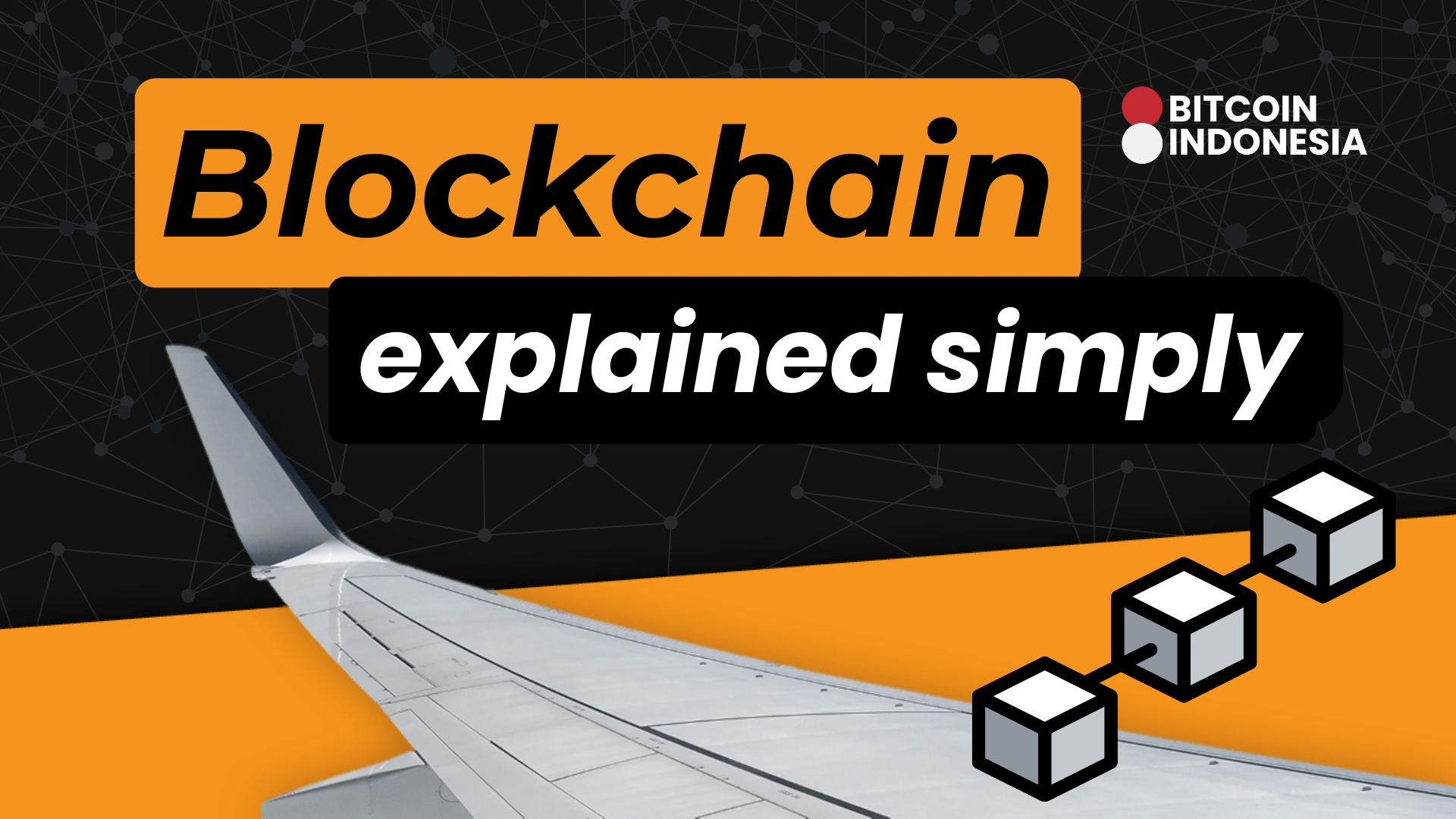A blockchain is a record of data – comparable to an Excel list. You can find out exactly how it works with Bitcoin here.
Imagine a blockchain as a diary in a public library.
Every day, a visitor finds the book on the shelf and can write a new page in it. To do this, they must note the date at the top left and their text with information underneath. Information about how their day was and how they felt. This process is repeated the next day. Perhaps by the same person. Perhaps by someone else. After all, the library is public.
As the information was written with a ballpoint pen, it cannot be changed afterwards. Due to the order of the date, the tearing out of pages would also be conspicuous and is therefore not possible.
This analogy to the Bitcoin blockchain is, of course, highly simplified.
That’s why today we’re taking a look at what exactly a blockchain is and how it really works.
By the end of the post, you’ll be able to understand this life-changing technology and explain it to your loved ones in simple terms.
Blockchain – two terms
The term blockchain contains two terms: Block and Chain – block and chain.
Let’s start with the block.
What is a block in the context of Bitcoin?
A block is a bundling of data and information. It’s like a page in a diary – or to be more precise:
A page in the cash book.
Because with Bitcoin, this data is a list of transactions. Broken down, the information in a block looks like this, for example:
“X pays Y CHF 50.000 Rupiah”
“A pays B CHF 30.000 Rupiah”
“C pays A CHF 20.000 Rupiah”
Like a page in the cash book, a block is also limited. There is only room for a certain number of transactions in a block. With Bitcoin, there is an average of around 3,000 transactions. This number changes from block to block. But you don’t really need to know why.
All you need to know is that these blocks fill up with transactions and we need to do something with them.
Well… What do we do with the blocks?
SHA256 – The hash function
We add them to the network approximately every 10 minutes.
This process is called mining. In doing so, we have to prove that we have done work. And that in turn brings us to the hash function.
Let’s explain these complicated terms using a blender:
For example, you put a banana and a glass of soy milk into a blender. Then something happens in the blender. And out comes your vegan banana milkshake. From the milkshake, it is impossible to get back to the banana and the soy milk.
The hash function works in exactly the same way with Bitcoin.
You give the system some data. A lot of math happens in the magic system. And the result is a hash. In other words, a string of letters and numbers.
It is not possible to get back to the data from the hash. Or can you find out which data generates the following hash?
6dc35e467cd24ae24e71fea668ba2f0ad54764e973186e9a803216c959ffb32b
Not a chance.
But if you give a SHA256 calculator the input Belajar Bitcoin, you will get exactly the hash you are looking for.
Have you noticed how a small change to the data input (omitting the exclamation mark) generates a completely different hash? It’s like adding a small olive to your milkshake in addition to the banana and soy milk. The milkshake is then inedible.
Admittedly: The comparison here is a little off. I just wanted to say that olives are really disgusting. 🤮
Well… Calculating hashes takes some time. Especially if the hash has to fulfill certain requirements. Try creating a hash with a 0 at the beginning in the SHA256 calculator (e.g.06b3b7f7…). And now try it with 2 zeros (e.g. 00604b35...). Much more difficult, isn’t it?
The more leading zeros are specified by the Bitcoin network, the more time it takes to find them. Because the only thing miners can do is guess.
So computers all over the world are bundling transactions and looking for an input that fulfills the requirements for the next hash.
Why do they do this? We’ll get to that in a moment.
Bitcoin is decentralized
First of all, you need to know that the Bitcoin blockchain is decentralized.
The best way to understand the meaning of decentralized is to understand the term centralized .
Centralized means that a single person or a small group is in control. An example of this is grades at school. Can you still remember that? Only your teacher had the ability to assign grades and enter them into the school’s database. By no means do I want to disparage your former teacher. But if she didn’t like you, she would have had the option of failing you.
Decentralized, on the other hand, means that several people are responsible for assigning grades. Imagine if several teachers had to evaluate your performance and give you an exam grade based on a neutral answer list.
Applied to Bitcoin, decentralized means the following:
Instead of just one person having a list of all Bitcoin transactions, everyone has access to it. And not only that. Anyone can mine and actually vote on the blockchain. That means anyone can confirm: “X really paid Y CHF 50.”
But why would multiple people want to look at your tests? Why should they spend a lot of time and resources on it? In other words, why should miners spend work to find any valid hash?
The answer is simple: they are rewarded for it. In the case of the best-known cryptocurrency, it is currently at least 6.25 Bitcoin for each block.
This incentive is actually used to create new Bitcoin.
Important to know: The so-called block subsidy is halved approximately every 4 years. This mechanism means that there will never be more than 21 million Bitcoin.
And how is a chain of blocks, or the blockchain, created?
Whenever a valid hash is found and the new Bitcoin comes into circulation, the block is added to the previous block. This happens on average every 10 minutes.
The hash of the last block is added to the new block and is needed to calculate the new hash.
This makes it an endless chain, as each block refers to the previous one.
If someone now tries to go back and edit an old block, all new ones will also change. The hash that is pointed to has been messed up.
Remember when we talked about the hash function and what happened when we removed the exclamation point from the input?
The whole thing changed completely.
This magic ensures that nobody can change past blocks. No one can manipulate transactions. And no one can add more Bitcoin to their account than they actually own.
Because don’t forget:
The Bitcoin blockchain is a decentralized database – similar to a distributed Excel list that contains all transactions ever made.
In a sense, everything that is stored in the blockchain is recorded in history forever. Without anyone being able to change it.
This is an achievement that may seem insignificant at first glance. However, as we know from our other contributions, this new type of technology is enormously important for society. Especially when it comes to an issue as widespread as money.
Let’s briefly summarize the topic of blockchain again.
Summary
Blocks consist of data. In the case of Bitcoin, this is transaction data.
After miners around the world have bundled transactions into a block, they have to find the password or a valid hash for this block. To do this, they make as many attempts as necessary until they hit the jackpot and receive the reward (in the form of new Bitcoin) from the network.
The block is then appended to the previous block, resulting in a transaction history that can no longer be changed. This process is repeated every 10 minutes.
Now that each block is linked to the previous one, the blockchain is formed.
Bitcoin has thus succeeded for the first time in human history in sending values digitally without a trusted party or middleman.
In the right use case, this is a life-changing technology.





